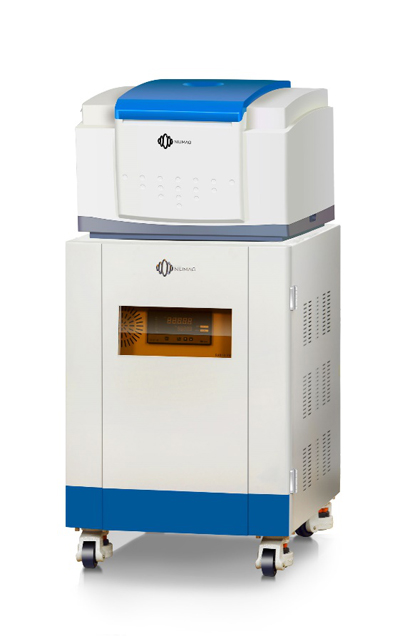Time-domain Nuclear magnetic resonance (ЯМР) is a physical phenomenon in which the nucleus in a static magnetic field is subjected to the electromagnetic wave of the corresponding frequency of another alternating electromagnetic field. After stopping the RF pulse, the nuclei that have transitioned to the high energy state will release the absorbed RF wave energy back to the ground state and reach Boltzmann equilibrium. This process is called relaxation process, and the time required to complete this process is called relaxation time. As the nucleus returns to equilibrium, an NMR signal is produced. During the test, the 1H signal is mainly used to detect the internal moisture. Common NMR signals include free induced decay (ПИД) and transverse relaxation time (Т2).FID signal is the simplest signal form in the nuclear magnetic signal, can reflect the physical characteristics of matter, solid matter FID signal decay faster, liquid matter decay slower.T2 is the process of energy exchange between spin nuclei in the process of nuclei returning from the excited state to the ground state, so it is also called spin – spin relaxation time. Обычно, Т2 is used to represent the fluidity or freedom of a substance. The greater T2 is, the better the fluidity and freedom of a substance is.
Ядерный магнитный резонанс во временной области (ТД-ЯМР), as an advanced characterization method, can rapidly and accurately measure the dynamic changes of free water and absorbed water in samples, and can also represent pore distribution based on water information. Поэтому, it has been widely used in the field of scientific research.

 заплесневелый
заплесневелый